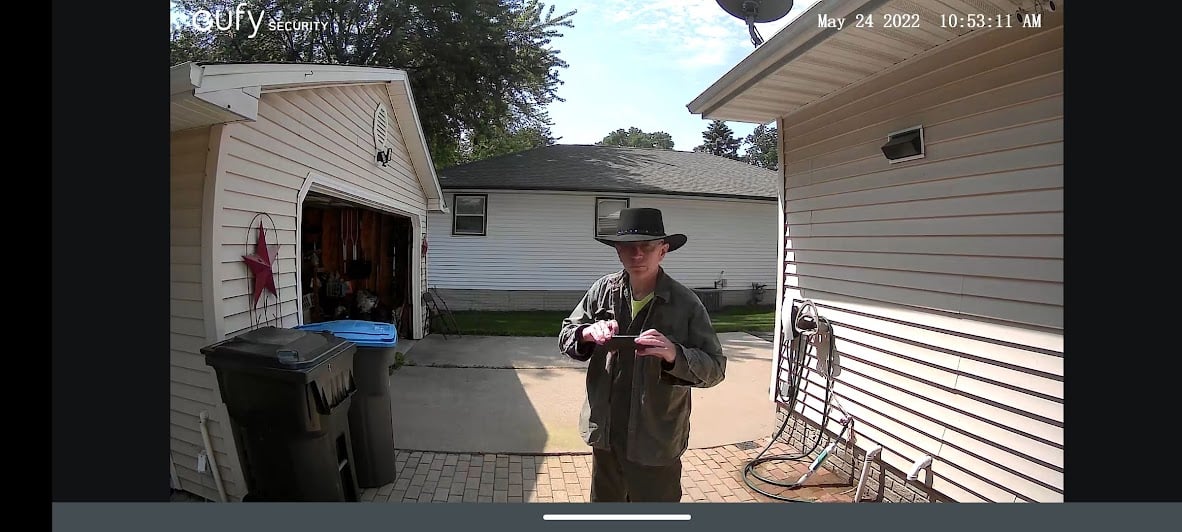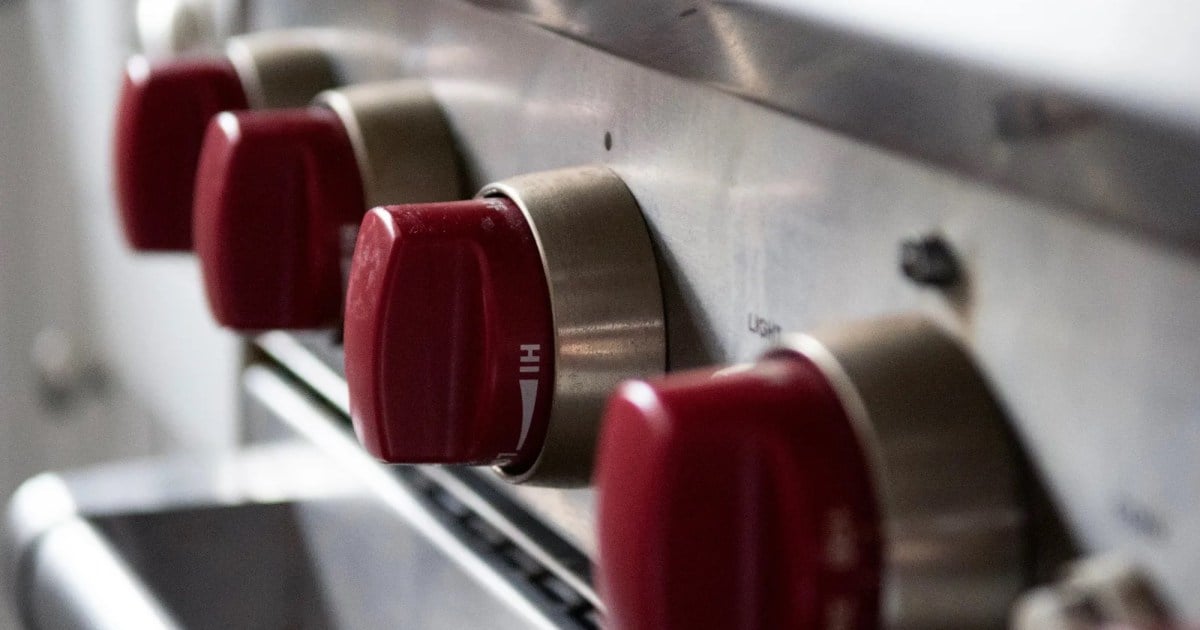246
Highlights: A study this summer found that using a single gas stove burner on
high can raise levels of cancer-causing benzene above what’s been observed from
secondhand smoke. A new investigation by NPR and the Climate Investigations
Center found that the gas industry tried to downplay the health risks of gas
stoves for decades, turning to many of the same public-relations tactics the
tobacco industry used to cover up the risks of smoking. Gas utilities even hired
some of the same PR firms and scientists that Big Tobacco did. Earlier this
year, an investigation from DeSmog showed that the industry understood the
hazards of gas appliances as far back as the 1970s and concealed what they knew
from the public. It’s a strategy that goes back as far back as 1972, according
to the most recent investigation. That year, the gas industry got advice from
Richard Darrow, who helped manufacture controversy around the health effects of
smoking as the lead for tobacco accounts at the public relations firm Hill +
Knowlton. At an American Gas Association conference, Darrow told utilities they
needed to respond to claims that gas appliances were polluting homes and shape
the narrative around the issue before critics got the chance. Scientists were
starting to discover that exposure to nitrogen dioxide—a pollutant emitted by
gas stoves—was linked to respiratory illnesses. So Darrow advised utilities to
“mount the massive, consistent, long-range public relations programs necessary
to cope with the problems.” These studies didn’t just confuse the public, but
also the federal government. When the Environmental Protection Agency assessed
the health effects of nitrogen dioxide pollution in 1982, its review included
five studies finding no evidence of problems—four of which were funded by the
gas industry, the Climate Investigations Center recently uncovered. Karen
Harbert, the American Gas Association’s CEO, acknowledged that the gas industry
has “collaborated” with researchers to “inform and educate regulators about the
safety of gas cooking appliances.” Harbert claimed that the available science
“does not provide sufficient or consistent evidence demonstrating chronic health
hazards from natural gas ranges”—a line that should sound familiar by now.
omg, is this for real? weird how recent conspiracy rumbling about gvmnt taking away gas stoves may have been covering for a real conspiracy. First I’ve read about benzene in stove fumes. Like cooking w/gas



Every had to clean up the mess from a boil-over on a gas range compared to a flat top, ceramic electric range?
Never going back…
The amount of black burned on food stains around my burner will never come off fully. Barkeeps friend has finally failed me.
I’ve done both and I prefer cleaning the gas range. Those glass tops are never as easy to clean as they claim, and with sealed burners it’s just a matter of mopping it up with towels.
Electric glass tops can be hard to clean at times. I’d still prefer it over gas in general.
Induction glass tops are sooooooo easy to clean. Nothing gets burned on because the heat is in the pan, not in or under the glass top.
Glass tops definitely easier to clean than non-sealed burners, but I always end up with charred rings over the burners that have been polished into the glass and will never come out.
With sealed gas burners I just pour some boiling water on the cooktop, wait for it to cool, mop it up with a towel, and scrub the nasty stuff off with a scrubber.
Inductions are crazy easy to clean, though.
I had to look up what ‘sealed gas burners’ are because it sounded like that would be a great option. Turns out those are what I’ve had in every instance of a gas burner I’ve used. They are terrible to clean.
If you think they are easy to clean, you should probably pull the burners off and lift up the top cover of the range to see underneath. There will be years of oil, remnants from boil over, crumbs or miscellaneous pieces of chopped ingredients, dead bugs, and all sorts of disgusting crap sitting inches away from where you prepare your meals.
I’ll take a slightly worn area on a smooth glass surface over a festering, slightly hidden layer of rot any day, but that’s just me. And if you have enough mess that you have to scour your glass top range, you definitely have some nasty mess under your gas burners.
I don’t think you know what I’m talking about. With sealed burners there is no way for anything to get under them. They’re totally water tight, and there’s no way to lift them up to get underneath them.